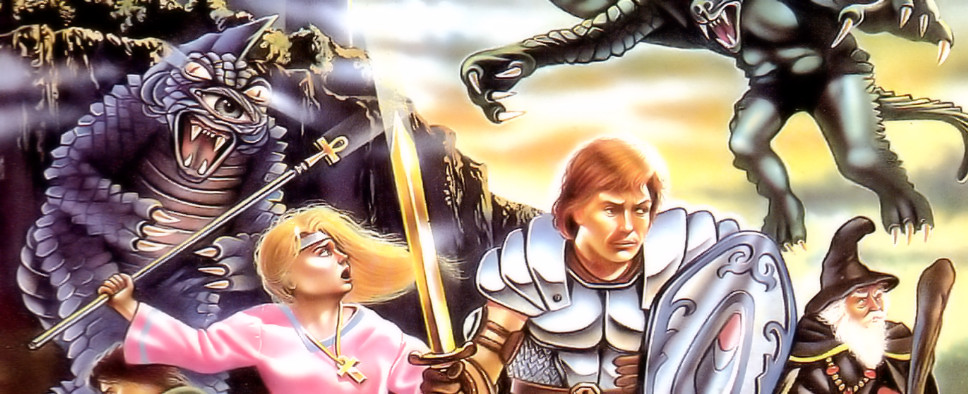Richard Garriott on Bringing Pen-And-Paper RPGs into the Digital Realm
-
Category: News ArchiveHits: 1953

Richard Garriott, the mastermind behind the seminal Ultima series, can be considered one of the pioneers of the cRPG genre, and as such, it only makes sense that the first installment of USgamer's new “History of RPGs” series is dedicated to the man and his impressive career. The article, generously peppered with quotes from Garriott, only goes as far as Ultima III: Exodus but it makes up for that by telling us a bit about the veteran developer's earliest teletype games that predate even Akalabeth: World of Doom, one of the earliest cRPGs. Here's something to get you started:
Garriott doesn't necessarily look like someone who helped revolutionize video games back in the medium's earliest days. Compared to most computer game pioneers of the ’70s, he appears far too young to have launched one of the most formative and influential computer games ever made. Yet he designed his first game in 1977. His breakout hit, Ultima, launched a few years later, right as America was collectively calling in sick to work due to Pac-Man Fever. There's no denying the influence of Garriott's work over the past four decades.
Of course, there's a reason for Garriott's relatively youthful appearance: He was still a teenager when he made his RPG debut. His prodigious aptitude for multiple disciplines—design, programming, and storytelling—blossomed against a backdrop of the fantasy genre's explosive popularity in the U.S. during the 1970s. All these factors came together to inspire Ultima.
As the creative visionary behind Ultima, Garriott can arguably claim responsibility for more medium-defining works than any other game designer outside of Nintendo's Shigeru Miyamoto. Along with Sir-Tech's Wizardry: Proving Grounds of the Mad Overlord and Atari's Adventure, Ultima laid the groundwork for how role-playing games should work on personal computers—and, eventually, on consoles. The influence of the Ultima games, and 1983's Ultima 3: Exodus in particular, reached far beyond the U.S. market. They guided a generation of Japanese and European designers as they ventured into the role-playing genre with works of their own.
The Ultima concept didn't spring from Garriott's forehead fully formed, of course. Nor did he single-handedly invent the computer RPG. After all, the sort of person who was likely to get heavily into computer programming in the 1970s was also likely to be in love with the formative fantasy genre works that inspired Garriott. He spent several years learning the art of computer game design, building on the earliest examples of the genre. He worked within the limits of the era's impossibly limited technical constraints—sometimes even hashing out his work on systems that lacked a screen, as with the aforementioned teletype device.
"I wrote a series of games while I was in high school [on] that teletype," he says, "and at the same time, I was introduced to two other very formative events. One was reading Lord of the Rings, and the other one was the publication of the game Dungeons & Dragons. Those three things in my sophomore year mixed together and I wrote a series of… well, they weren't exactly text games like Zork or Adventure. They were 'graphical' in the sense of having asterisks for walls, spaces for corridors, dollar signs for treasure, and this would print out every time you made a move. So if you moved north, you'd actually have to wait for the machine to print a 10x10 grid of text to see what the scene around you looked like from sort of a top-down perspective."

